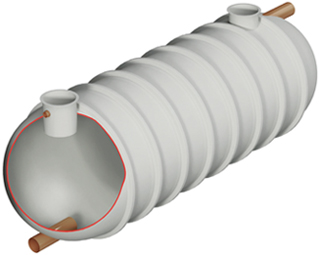Developed nations are not the biggest environmental criminals when it comes to the treatment of wastewater, as there are some countries that offer little if any treatment for wastewater before returning it to the environment. Developed countries that fail to correctly treat their wastewater are often more potent, with their wastewater doing more damage than the larger amounts of untreated water produced by developing countries. A staggering figure released by the UN Habitat claims that over 90% of the world’s wastewater is returned to the environment without treatment.
It is a question of money over awareness?
Treating wastewater is a very expensive endeavour, and there are both developed and undeveloped countries that simply cannot afford to treat water before it is returned to the environment. In many cases, it is returned to the sea where it does untold damage for the local marine environment and the overall macro-environment of the ocean. In more frightening circumstances, the water is returned back into local water collection points, where the water seeps into the local aquifer, which then affects humans via their drinking water.
Isn’t it just heavy metals and toxic waste causing all the problems?
Even the absence of heavy metals and toxic chemicals is no comfort, as the water-borne pathogens that live in the water are often very dangerous. In most instances, they include E. Coli, which for many, is deadly. Even in remote areas, animals have been known to carry pathogens into local populations.
We have seen what happens when water is contaminated
Many countries in the developed world have used Africa for its resources and as a place to dump toxic chemicals. Somalian seas are now so contaminated that even the best efforts of the international community would require over one hundred years to put right the damage and recreate a healthy ocean ecosystem. This was due to toxic waste, including nuclear waste, being introduced into the local ocean around Somalia. With biological waste, such as that carried by sewerage systems, the impact is far more intensive with regards to people.
Every twenty seconds a child dies
Around the globe, we are seeing the production and disposal of two million tons of sewerage, agricultural and industrial waste that is discharged into waterways without being treated, every year. This is the amount of waste that is reaching on-land waterways, and does not include the amounts pumped into the sea.
As a result of this untreated waste reaching the waterways, there are 1.8 million children who die under the age of five. That is one child every twenty seconds, and this happens every year. This number was confirmed by the United Nations as they showed the impact of water treatment facilities in developing nations.
Investing in water treatment and sanitation works
We have seen that through investments in the installation of water treatment facilities, and in improved sanitation, the number of water-related illness numbers have gone down.
Wildon UK
Wildon UK understands the impact that contaminated water can have on homeowners and businesses. So if you’re in need of our specialist sewage management services, then please do not hesitate to get in touch with us.
Go back to








